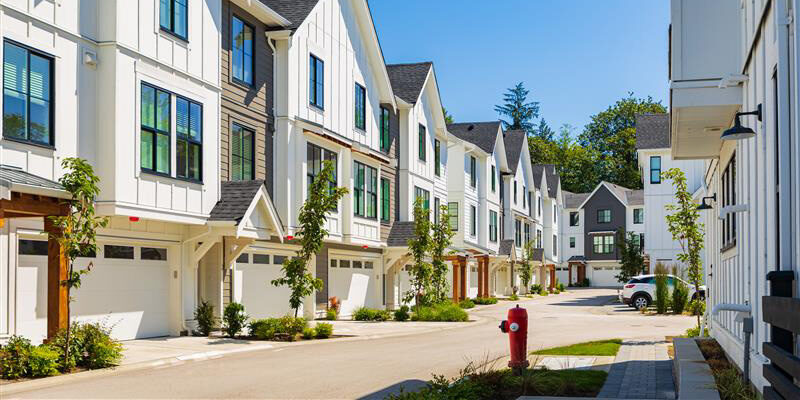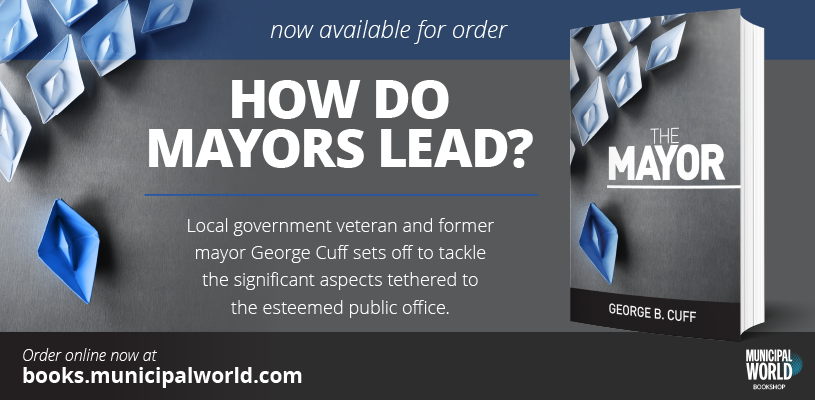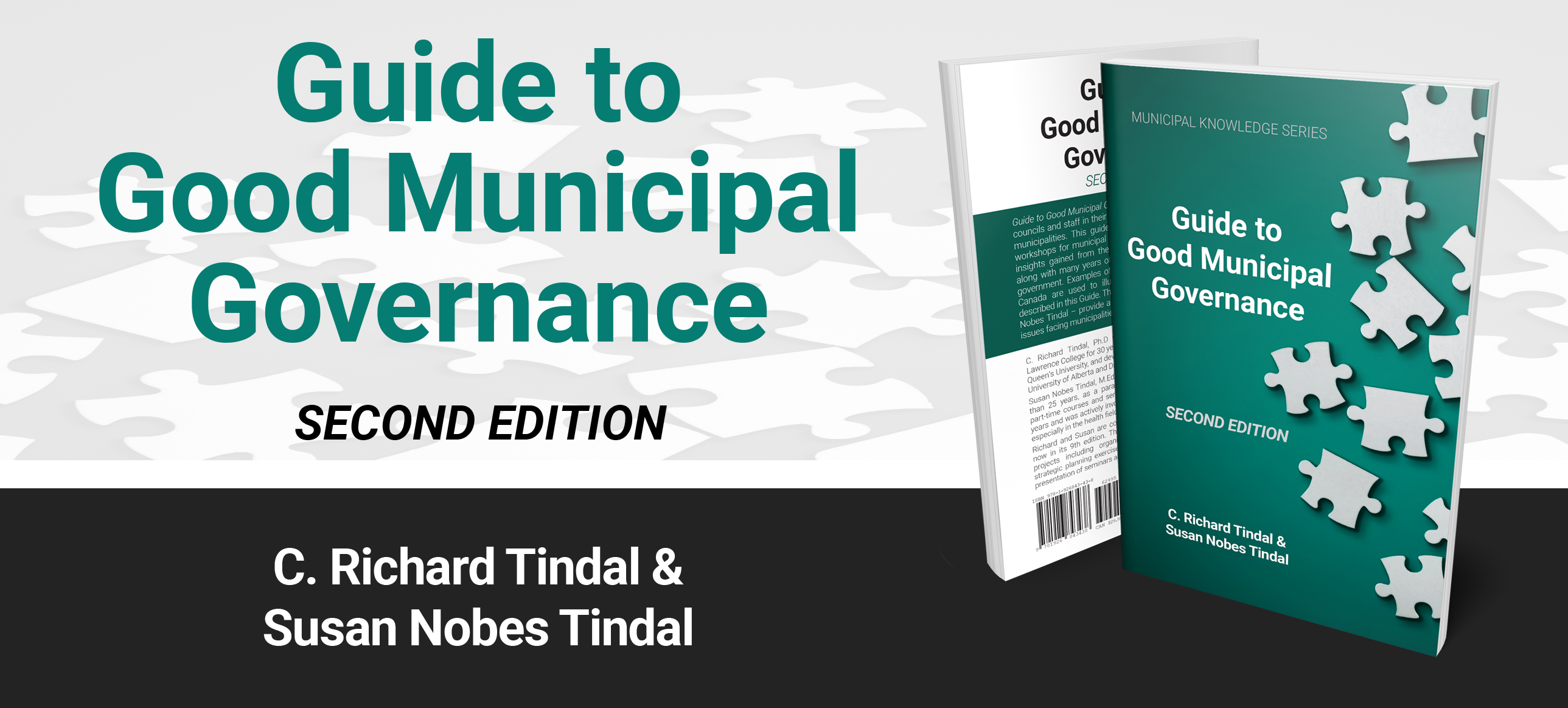B.C. property values largely flat, Alberta sees fluctuations
 According to BC Assessment, the total value of B.C. real estate in 2025 is about $2.83 trillion. Across the Lower Mainland and throughout B.C., the overall housing market has generally stabilized in value for a second consecutive year. Photo: Adobe Stock
According to BC Assessment, the total value of B.C. real estate in 2025 is about $2.83 trillion. Across the Lower Mainland and throughout B.C., the overall housing market has generally stabilized in value for a second consecutive year. Photo: Adobe Stock
The 2025 assessments for properties in British Columbia, which reflect market value as of July 1, 2024, were announced for property owners of more than two million properties throughout the province in January.
The updated property values are now available on BC Assessment’s website, in addition to 2025 Property Assessment Notices being mailed to each property owner.
According to BC Assessment, the total value of B.C. real estate in 2025 is about $2.83 trillion, an increase of about 1.5 per cent from 2024. For the Lower Mainland region, the overall total assessments have generally remained flat at $2.01 trillion this year from about $2 trillion in 2024.
The Lower Mainland region includes Greater Vancouver, the Fraser Valley, as well as the Sea to Sky area and the Sunshine Coast. Almost $27 billion of the region’s updated assessments is from new construction, subdivisions, and the rezoning of properties.
“Across the Lower Mainland and throughout B.C., the overall housing market has generally stabilized in value for a second consecutive year,” said Bryan Murao, BC Assessment assessor. “Most homeowners can expect only modest assessment changes in the range of minus-five per cent to plus-five per cent.”
Vancouver Island Assessment Growth
Vancouver Island’s total assessments increased to almost $391 billion this year from over $386 billion in 2024. About $4.89 billion of the region’s updated assessments is from new construction, subdivisions, and the rezoning of properties.
Here too, changes in assessment’s were relatively modest, according to BC Assessment. “Some North Island communities, however, will see larger increases as the recent trends in demand for those real estate markets continues to be strong,” Murao said.
In the southern interior region (which includes Kelowna; Kamloops; and all surrounding Okanagan, Thompson, and Kootenay Columbia communities), total assessments increased to nearly $323 billion this year from about $315 billion in 2024 – a total of about $5.29 billion of the region’s updated assessments.
North Central B.C.’s total assessments increased to over $99.8 billion this year from about $95.2 billion in 2024 – a total of about $1.3 billion of the region’s updated assessments.
“Most North Central homeowners can generally expect to see assessment changes in the range of approximately minus-five per cent to plus-10 per cent when they check their updated 2025 values with some exceptions depending on the community,” said Teria Penner, deputy assessor.
As B.C.’s provider of property assessment information, BC Assessment collects, monitors, and analyzes property data throughout the year. While some property owners may see some notable changes in their property values, BC Assessment noted that those changes won’t necessarily result in a change in property taxes.
“It is important to understand that changes in property assessments do not automatically translate into a corresponding change in property taxes,” said Matthew Butterfield, deputy assessor. “How your assessment changes relative to the average change in your community is what may affect your property taxes.”
Increased Property Values in Calgary
The City of Calgary mailed approximately 595,000 Assessment Notices to property owners this year. The total value of the 2025 Assessment Roll is $442 billion, an increase of $55 billion in value from last year. The typical market value assessment change between this year and last year is 15 per cent for residential properties and three per cent for non-residential properties.
“When property assessments arrive, most homeowners will notice an increase in their property values compared to last year, driven by vigorous sales and strong market demand,” a statement from the city said.
The biggest change in assessed values was seen in residential condos, according to the city.
“The most significant property value increases are seen in residential condominiums,” said Eddie Lee, City of Calgary Assessor and Director of Assessment and Tax. “This property type has been particularly attractive due to strong demand for lower priced housing options in the residential market.”
The 2025 median residential condominium assessment is $359,000, compared to $295,000 in 2024. The median single residential assessment (excluding condominiums) is $697,000, compared to $610,000 in 2024.
“Residential condominiums experienced a 22 per cent increase as new buyers entered or moved into Calgary’s real estate market,” the statement read.
Market Value Fluctuations in Alberta
In Edmonton, the overall residential market change is 6.8 per cent and the overall non-residential market change is minus-1.5 per cent. Some of the neighbourhoods with the largest increase in property values include Central McDougall (12 per cent), Boyle Street (10.2 per cent), Queen Mary Park (6.8 per cent), Oliver (6.7 per cent), and Kensington (5.6 per cent).
Meanwhile, the sharpest decreases were seen in Rural North East Horse Hill (16 per cent), Skyrattler (6.1 per cent), and Terrace Heights (5.9 per cent). Patricia Heights and Queen Alexandra both saw values decline by 5.8 per cent.
Red Deer also saw an increase in total value of properties in the city. This year’s total value of the assessment roll stands at $20.8 billion, marking an increase of $1.5 billion from the previous year, according to the city.
“The annual reassessment identified an upward trend in property values across various assessment classes,” a statement from the city read. “On average, residential property market values have increased by 9.95 per cent from last year.”
The annual reassessment identified an upward trend in property values across various assessment classes. On average, residential property market values have increased by 9.95 per cent from last year.
“Overall, Red Deer’s residential values displayed year-over-year value increases due to heightened sales and strong market demand,” said Maureen Cleary, city assessor. “Our housing market remains resilient, with solid sales indicating ongoing real estate market confidence throughout the city. Notably, the strongest property value changes are within attached and semi-detached residential housing, reflecting the appealing affordability and demand in these sectors.” MW
✯ Municipal World Executive and Essentials Plus Members: You might also be interested in Elizabeth Giles’ article: Challenges and solutions in property tax collection.
Ibrahim Daair is staff writer at Municipal World.
Related resource materials:
- Empowering local governments through planning, procurement solutions
- Challenges and solutions in property tax collection
- Social housing waitlists growing across Canada’s big cities



